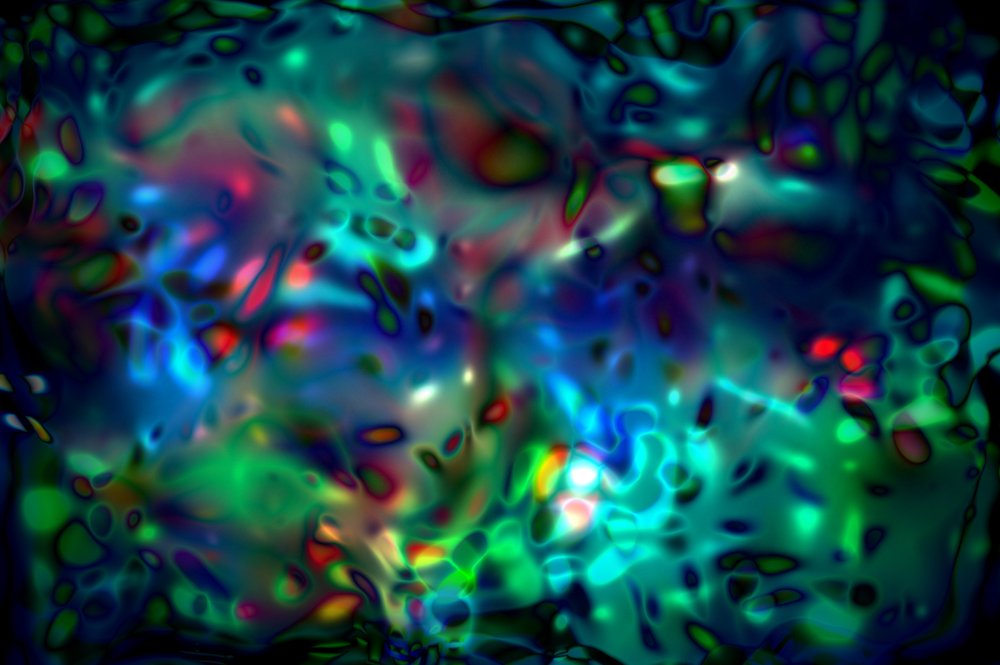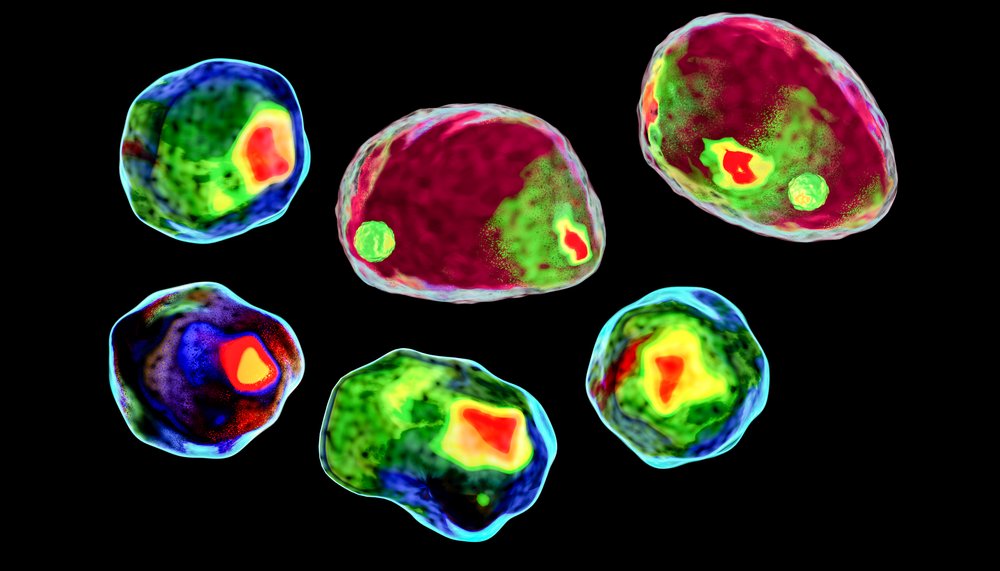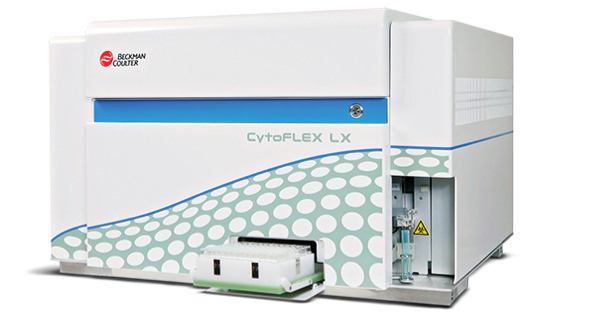For Highly Accurate Subpopulation Analysis
Flow cytometry is an accurate and effective method when used to identify and measure cellular biomarkers in complex subpopulations. As part of our advanced bioanalytical labs, BioAgilytix utilizes the following flow cytometry platforms:
- Beckman Coulter CytoFLEX LX
- BD FACSLyric™
- BD FACSCanto™ II
- Thermo Fisher Attune™

BioAgilytix’s flow cytometry expertise
BioAgilytix’s scientists are skilled in a variety of flow cytometry applications in support of non-GLP, GLP, and product-release testing under GMP. This team successfully interprets and analyzes the data generated from our flow cytometers to help ensure accurate, efficient analysis for our sponsors.

Ideal applications for flow cytometry analysis:
Detection and measurement in complex subpopulations
BioAgilytix typically uses its premier flow cytometry platforms to perform:
- Immunogenicity assessment
- Cell-based assays
- Intricate immunophenotyping and biomarker analysis for all therapeutic areas and monitoring purposes
- DNA and RNA analysis
- Receptor and target occupancy assays
- Intracellular and surface marker analysis
- In vitro toxicology, antibody screening, and rare event analysis, such as in dendritic cells and stem/progenitor cells

Key flow cytometry benefits:
Rapid analysis on a cell-by-cell basis
The use of multi-color flow cytometry has a host of applications in basic research, drug discovery, and the clinical laboratory. A key advantage of flow cytometry is its ability to analyze and measure cells individually. This is particularly beneficial when studying heterogeneous populations of cells as it can be used to rapidly analyze subpopulations in minutes. The result is highly detailed data on count, properties, and classification on a cell-by-cell basis.
Flow cytometry enables in-depth analysis of processes such as:
- Cell cycle regulation
- Cell proliferation
- Ploidy determination
- Intracellular degradation (autophagy)
- Apoptosis
- Senescence
- Necrosis
- Oncogenesis
- Functional studies within phenotypically defined populations
- Receptor occupancy
- Cellular activation

How the flow cytometry platform works
Flow cytometry platforms utilize a sophisticated array of lasers, optics, fluidics, and electronic detectors to measure light scatter and/or fluorescence emission from cells. The process which analyzes cells through a laser to quantitate the cell’s physical properties, including size, granularity, and amount of target proteins. As cells pass through a laser, they absorb its light and then emit a specific color signal based on targeted fluorochromes to determine the amount of each type of cell in the sample, or the amount of target expressed by the individual cells.
Flow cytometry allows for precise analyses of cell surface and intracellular molecules to better characterize and define cell types in a mixed or purified sample. It also enables the high throughput, automated quantification of properties including each particle’s relative size, granularity, internal complexity, and fluorescence intensity